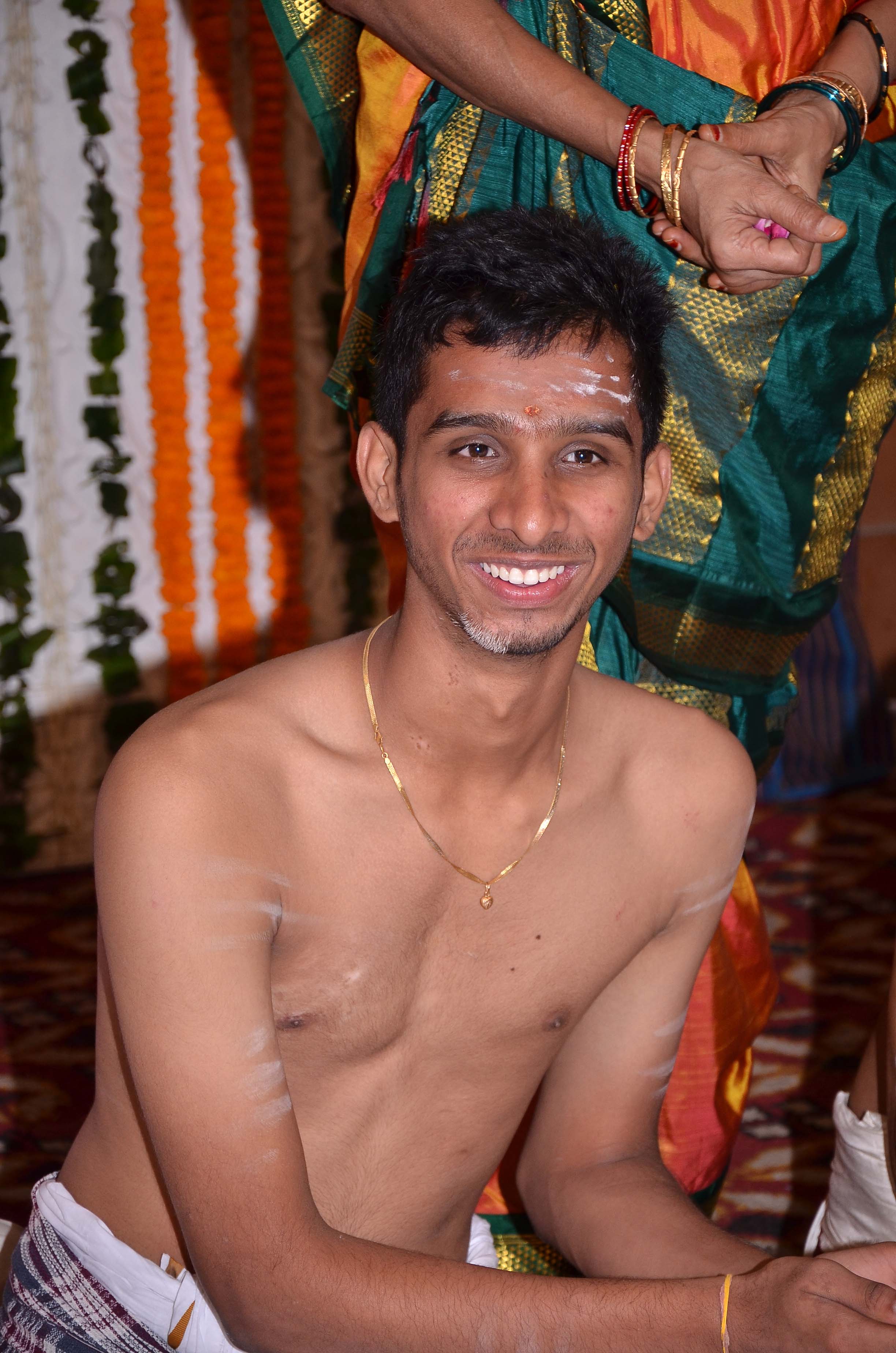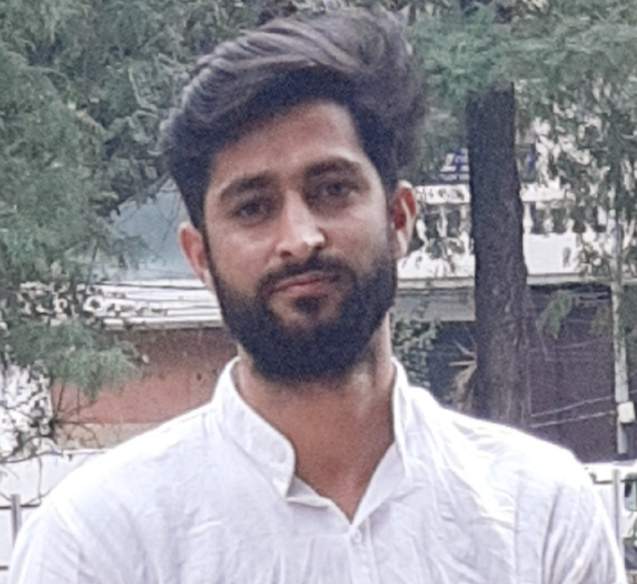900 319 0030
enquiry@shankarias.in
Unnat Bharat Abhiyan 2.0
United Nations Convention to Combat Desertification
HARIMAU SHAKTI 2018
Bhabha Kavach
Predicament of Returning Mothers
Atal New India Challenge
Source: PIB, The Hindu, Business Standard

Rajesh Hariharan 6 years
Its a humble request to Shankar IAS academy to put the current affairs material of march month. And there is one more request that please put current affairs material of April month before 20th of may so that we can study.
Thank you.

Zahoor-ud-Din 6 years